Where the Wild Things Are
Tips on where to go, and what to bring, to elevate your wildlife photography game
There’s a photography saying that goes something like “to make a good picture, you have to put yourself in a good picture-making situation.” Translation: You have to be in the right spot at the right time to capture the perfect photo. Nowhere is this more important than in wildlife photography. Here are eight things you can do to increase your chances of getting a truly great shot.
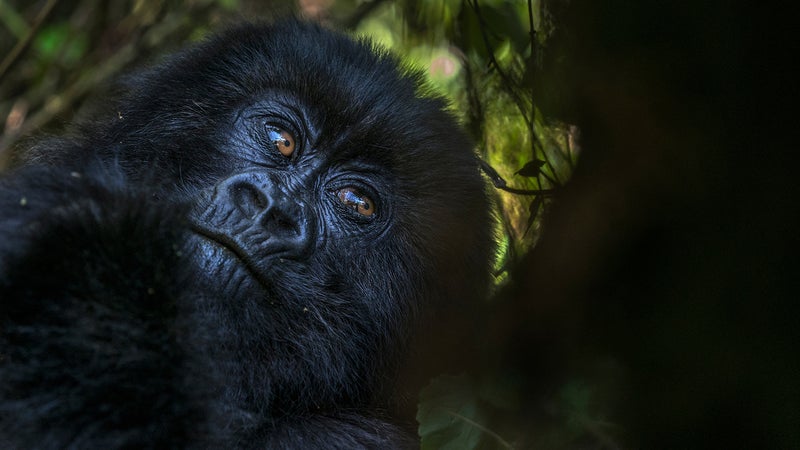
#1: Practice at the Zoo
In the wild, animals show up when they want to. At your local zoo, however, they’re always hamming it up for your camera. That means the zoo is a good place to practice, especially when it comes to capturing a meaningful moment. “It’s nice to get a picture of the lion sitting there, but when the lion yawns or moves or licks its cub, that’s the moment you’re looking for,” says National Geographic photographer and Olympus Visionary .
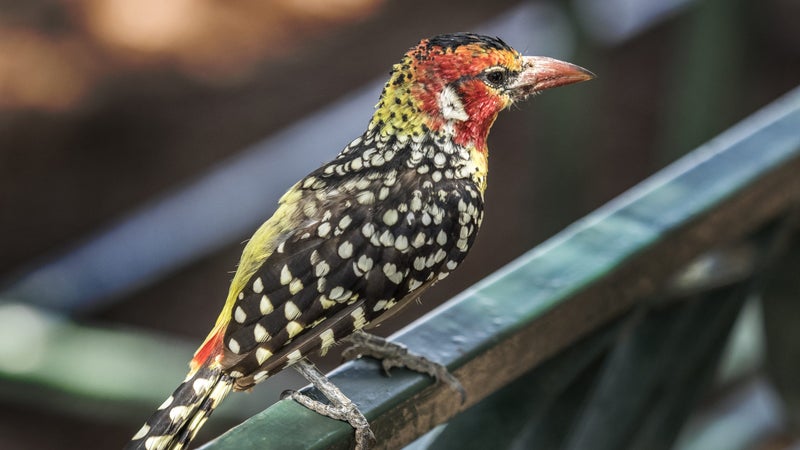
#2: Find a Nearby Wildlife Spot
While you're saving up for your dream trip to Africa or Antarctica (see tip #7), keep in mind there are tons of places to get great shots—likely more than you think—closer to home. The United States has some 562 wildlife refuges, 38 wetland management districts, 58 national parks, and four major migratory flyways. Start there or contact your local Audubon Center, photography club, wildlife group (see #4, below), or public land management office and ask for intel.
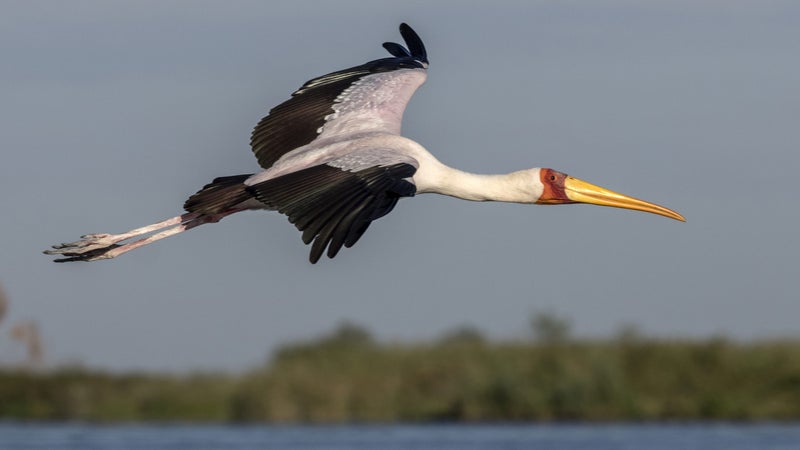
#3: Do Your Research
Wild animals are often on the move and are more active during certain months, so wherever you go to chase a picture, you’ll need to be there at the right time. Fall mating season, for example, is a great time to photograph moose and elk. Fall is also a prime time for capturing migratory birds as they move south.
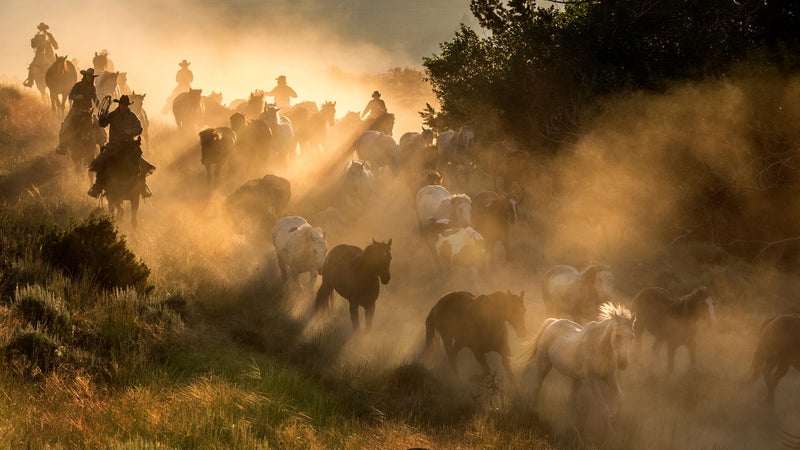
#4: Partner with a Local Organization
There are lots of wildlife organizations that are full of folks with valuable insider knowledge. Dickman suggests calling up one and offering to tag along during an outing to shoot photos that they can use for their website. “This gives you an assignment, a reason to shoot, and it gives back to the group,” Dickman says.
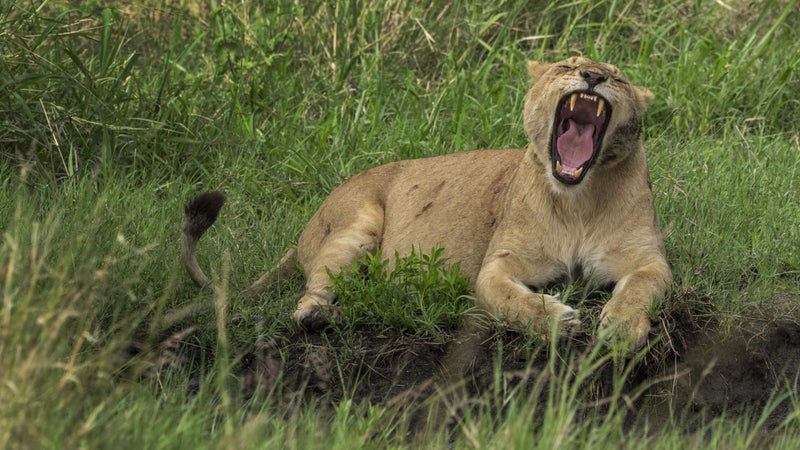
#5: Pack the Right Gear
If you’re putting in long hours, you’ll need plenty of food and water. Also be prepared for the elements by wearing the right clothing. For cameras, less is often more. Dickman says he’s seen photographers miss the moment because they’re holding a giant DSLR paired with a 600mm lens and can’t respond quickly enough. To ensure that never happens, he shoots with the powerful but lightweight mirrorless camera. For lenses, he often brings an ,���ٳ�� , and the for extended range, all of which are compact and easy to handle. “Give yourself the tools you need to get the shot and nothing more,” he says.
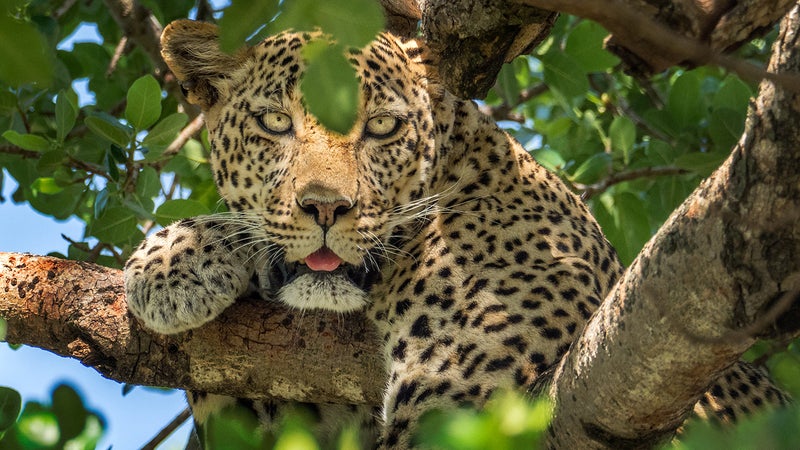
#6: Be Patient and Prepared
Even if you’re in the right spot at the right time, wildlife photography requires patience. You’ll wait for hours, and the moment is over in a second. For photographers like Dickman, it’s vital to know the gear. He relies on tools like Pro Capture, a feature built into the whereby, with the shutter half pressed, Pro Capture kicks in and tells the camera to continuously buffer a series of shots at speeds up to 60 frames per-second utilizing the electronic shutter. When Jay sees the precise moment he wants to capture, he fully presses the shutter and captures that precise moment plus the 14 previous frames all at once–for a total of 15 images with a single shutter press. In other words, Jay is poised to perfectly capture the peak action.
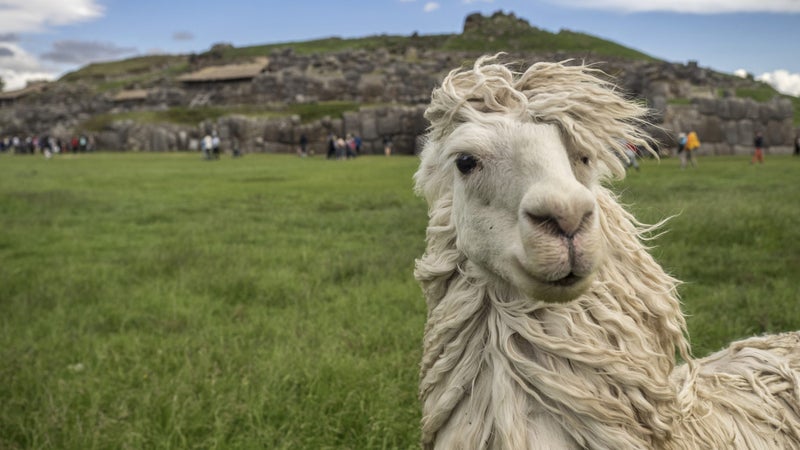
#7: Save Up for a Dream Trip
When you’re ready, a photo trip is worth the money. Dickman loves the Serengeti National Park for its high density of animals, Namibia’s Etosha National Park for the flamingos, and South Georgia’s Gold Harbour for the surreal number of king penguins and seals. But there are also plenty of amazing locations in the U.S., such as Bosque del Apache in New Mexico, and Big Bend National Park in Texas.

#8: Be Ethical
When on location, Dickman makes sure to respect the land and the environment and avoid putting stress on the animals he’s photographing. For more information, the and both have good lists of ethical practices.
Whether you’re a professional photographer or an admirer of photography, we have a camera system that’s designed for you. Our stunning compact designs, sophisticated technologies, and powerful imaging help you get your shot in many ways, unlike any other camera manufacturer. Learn more at

